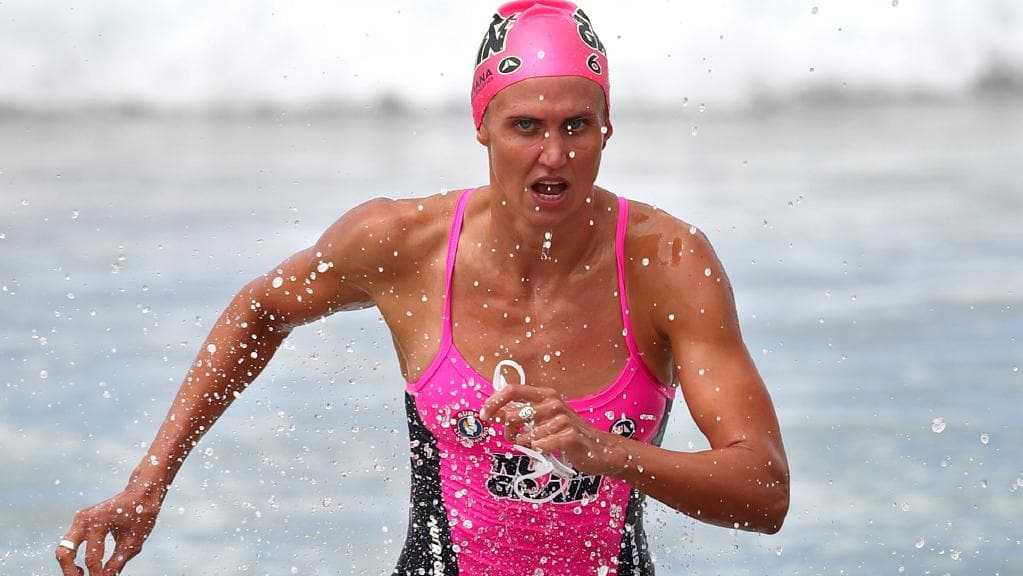Injuries are always going to occur in sport and unfortunately the research doesn’t suggest we can completely prevent injuries – so what should we consider instead?.
In surf life saving injuries can be either traumatic such as falling in a pothole when running on the sand, or getting dumped by a wave, or overuse from the high training volumes across the multiple disciplines of swimming, board, ski and running plus gym- across all disciplines, “Clubbies” can be training up to 14 sessions per week! And within this there is a lot of repetitive use and stress, in particular through the upper back and shoulders if you are a water athlete. This may be a cause for the higher number of injuries seen in these body area’s in these athletes.
So how can you reduce overuse shoulder injuries from occurring?
There are a few risk factors present that may put you at a higher risk of developing shoulder pain. Identifying these risk factors is the key to preventing shoulder injuries from occurring. Some of these factors cannot be changed, such as a past history of shoulder pain or the shape of your shoulder joint. Other factors can be changed, and this is where physiotherapy can help.
The first area to identify and address is your range of motion through your shoulder and upper back. It is important to assess how each area moves in isolation, but also with each other. If there is any loss of movement, joint stiffness, or muscle tightness present then these can be addressed.
The next area is to check for strength around the shoulder and the shoulder blade. Your rotator cuff muscles from your shoulder to your shoulder blade play an important role in keeping your shoulder stable and strong during movement, and weakness in any of these may increase your risk of shoulder pain. Measuring the strength of your rotator cuff tells us a few things. We can simply check for side-to-side differences, but this often isn’t enough. We can calculate the balance of strength, or ratio, between the muscles in the front and back of your shoulder and make sure this is where we need it to be. We can also calculate how strong your shoulder should be based on your body weight. All of these different areas can potentially contribute to you developing shoulder pain and can be addressed to reduce that risk.
or this upper back mobility exercise here
extensions/
Or if you need help then get in contact with the team here at Gold Coast Physio & Sports Health for an assessment and individual prevention plan today, phone 07 55006470 or Book an Appointment Online
www.mygcphysio.com.au


